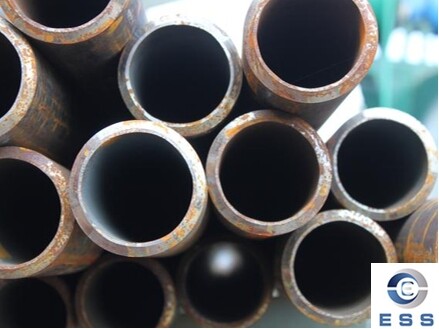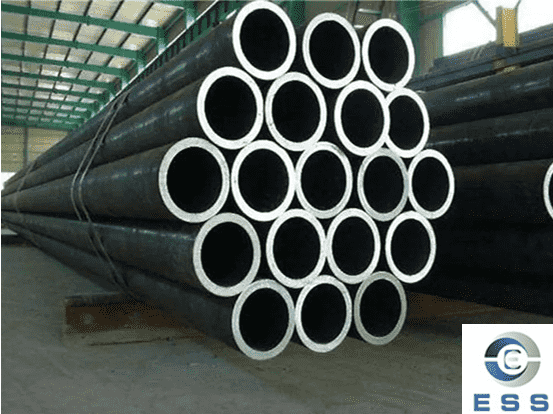
Carbon
steel pipe, with their good plasticity, strength and welding performance,
have become the preferred material for industrial pipelines. As one of the
carbon steel pipes, what are the main types of corrosion faced by mild steel
tube? Corrosion is the process in which the material reacts chemically with
the surrounding environment and gradually loses its original function. However,
both the external environment and internal factors of the pipeline may cause
corrosion of mild steel tubes, thereby affecting their overall performance.
Main types of corrosion faced
1. Electrochemical corrosion
When ms tubes are in a humid environment or
in contact with electrolytes, electrochemical corrosion becomes a major threat.
This type of corrosion involves the transfer of electrons between metals and
electrolytes, resulting in damage to the metal surface. Pipes made of the seamless
pipe is particularly susceptible to this type of corrosion in soil,
seawater, and water environments containing chloride ions.
2. Chemical corrosion
Another challenge is chemical corrosion,
which occurs when metals are in direct contact with certain chemicals. Strong
acids, strong bases, or high-temperature oxidizing media accelerate the
chemical corrosion of mild steel tubes and cause damage to equipment. In
chemical production, some carbon steel pipes that transport chemical raw
materials are prone to chemical corrosion. For example, if effective protective
measures are not taken for pipelines working in acidic and alkaline
environments, the corrosion rate of the pipelines will be significantly
accelerated.
3. High temperature corrosion
In high temperature environments, mild
steel tubes may also be attacked by high temperature corrosion. This corrosion
is caused by chemical reactions between metals and oxygen, sulfides, etc.,
which will reduce the mechanical properties of the material and may cause
safety hazards. For example, in thermal power plants, boiler
tube used to transport high-temperature steam are in high temperature
environments for a long time and are prone to high-temperature corrosion,
affecting their service life and safety.
Effective protective measures
1. Protection against electrochemical
corrosion
For electrochemical corrosion, coating
protection, cathodic protection or corrosion-resistant alloys can be used.
Coating protection isolates electrolytes by forming a physical barrier on the
metal surface, while cathodic protection uses electrochemical principles to
inhibit corrosion reactions. For example, on some outdoor oil and gas
pipelines, the use of anti-corrosion coatings in conjunction with cathodic
protection systems can effectively reduce the probability of electrochemical
corrosion.
2. Strategies for dealing with chemical
corrosion
For mild steel tubes that may be exposed to
highly corrosive media, materials with better corrosion resistance, such as
stainless steel or alloy steel, should be selected. At the same time, adjusting
medium parameters and using chemical inhibitors are also effective means of
protection. In chemical production, for some pipelines that transport acidic or
alkaline media, the corrosion rate of the pipeline can be slowed down by adding
an appropriate amount of chemical inhibitors. For example, in the pipelines of
some pickling workshops, adding corrosion inhibitors can effectively protect
the pipelines from corrosion by acidic media.
3. Prevention of high-temperature corrosion
In high-temperature environments, alloy
steel or coatings with high-temperature oxidation resistance need to be
selected to protect mild steel tubes. In addition, controlling the furnace
atmosphere and regular corrosion monitoring are also key links to ensure the
safe operation of equipment.
Summary
In summary, for different types of
corrosion problems, corresponding protective measures should be taken to extend
the service life of mild steel tubes and ensure the safe operation of
equipment.
Read more: Difference between mild steel pipe and carbon steel pipe













 Eastern Steel Manufacturing Co.,Ltd not only improve product production and sales services, but also provide additional value-added services. As long as you need, we can complete your specific needs together.
Eastern Steel Manufacturing Co.,Ltd not only improve product production and sales services, but also provide additional value-added services. As long as you need, we can complete your specific needs together.










